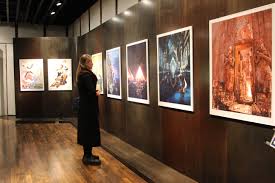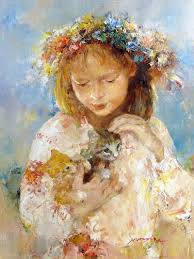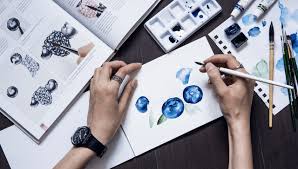contradictions
ART UNIONS AND CREATIVE UNIONS OF RUSSIA ON THE TURN OF THE XIX-XX CENTURIES (part 3)
 “Bauhaus” (German: Bauhaus – building house) – art educational institution and creative association in Germany. It was founded in 1919 by the architect V. Groppius in Weimar, in 1925 it was transferred to Dessau, in 1933 it was abolished by the fascist authorities. The leaders of the Bauhaus (H. Mayer, J. Albers and others), relying on the aesthetics of functionalism, set out to develop new principles of shaping in plastic arts; they strove for a comprehensive artistic solution to the domestic environment, developed the ability of students to creatively comprehend new materials and designs, and taught them how to create solid and practical products. A significant place was given to design teaching. The main link of the educational process at the Bauhaus was the students’ labor practice in production, art and design workshops, where, along with studies and studies, they created architectural projects, decorative plastic works, and samples of mass household products. Continue reading
“Bauhaus” (German: Bauhaus – building house) – art educational institution and creative association in Germany. It was founded in 1919 by the architect V. Groppius in Weimar, in 1925 it was transferred to Dessau, in 1933 it was abolished by the fascist authorities. The leaders of the Bauhaus (H. Mayer, J. Albers and others), relying on the aesthetics of functionalism, set out to develop new principles of shaping in plastic arts; they strove for a comprehensive artistic solution to the domestic environment, developed the ability of students to creatively comprehend new materials and designs, and taught them how to create solid and practical products. A significant place was given to design teaching. The main link of the educational process at the Bauhaus was the students’ labor practice in production, art and design workshops, where, along with studies and studies, they created architectural projects, decorative plastic works, and samples of mass household products. Continue reading




